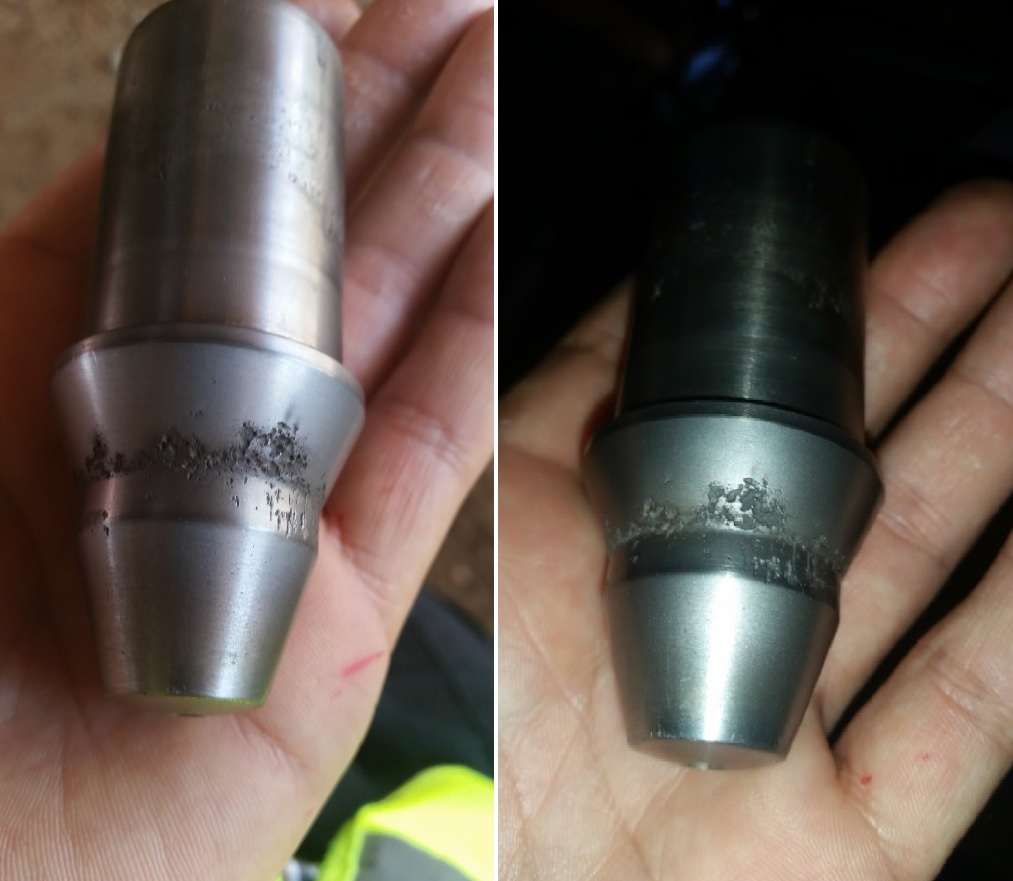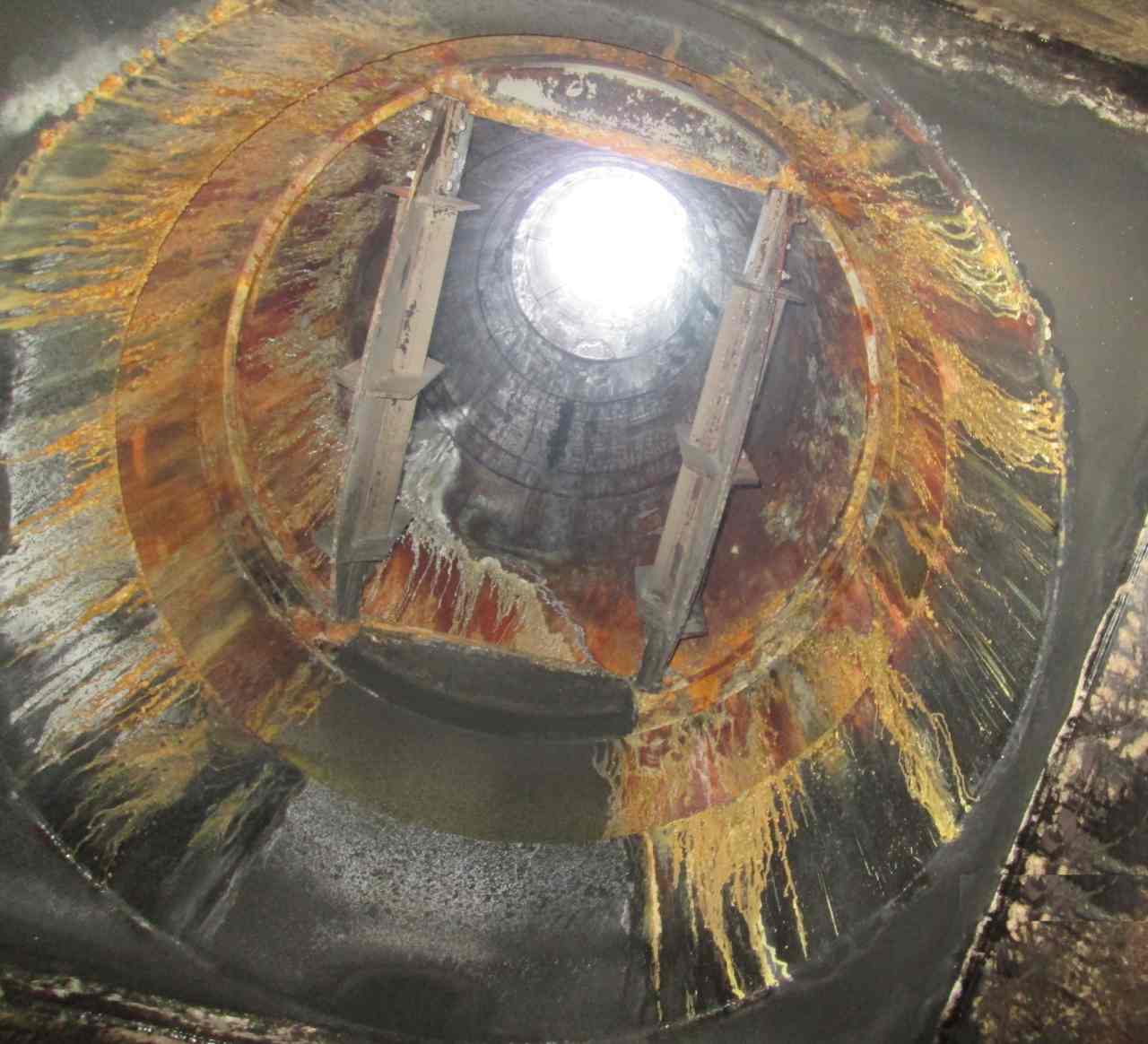A Few Corrections To Avoid Hideout Effects
Problem Experienced
The phenomenon of scaling is a type of fouling typically observed in heat exchangers, steam generators and cooling systems. It is caused by the interaction of chemical species dissolved in the water to form inorganic salts.
The most common species which bring about the formation of scales are calcium and sodium-based compounds. The solubility of theses salts is temperature and pH dependent and it is somewhat sensitive to possible variations. In some cases, they can present several points of low solubility and create hideout effects in transitory conditions.
That is the case we have recently observed in a power plant due to phosphate hideouts which was noticed during the daily startup. Phosphate hideout is the result of chemical reactions of sodium phosphate with iron oxides where the reaction products has low solubility in high operating conditions. As consequence, salt precipitation occurs. However, at lower loads and heat fluxes, these precipitates will undergo hydrolysis and return to solution. If the problem is not properly identified, these scales of phosphates can lead to various issues which are mainly loss of pressure drop, resistance to heat transfer and erosion-corrosion.
Technical Approach
We were able to solve the problem by implementing a few corrections based on the following approach:
- In an attempt to control the effects of phosphate hideouts and scale formations, it was required to perform some changes the chemical treatment program. The first approach was to dose a mixture of tri-sodium and di-sodium phosphate which reduces the amount of sodium and therefore, minimizes the risk of carryovers. Another possibility that was tested required the dosing of Trisodum Phosphate which helps to control any possible acid attack. But it was difficult to maintain the equilibrium. Given the nature of the process conditions, we decided to go with All Volatile Treatment.
- An optimization of the hydraulic of the system was necessary to enhance fluid velocities and flow distribution. These parameters has a direct influence in the rate of deposition; therefore, this analysis gave as the possibility to create a map of zone with high probability of accumulation of scales.
- High Reynolds numbers must be achieved by installing of swirling devices. This ensured the correct grade of turbulences and the right chemical mixing during dosing. In addition, some of the dosing points where changed to a more appropriate location.
- Solubility and reactivity of chemical compounds is primary governed by temperature, so it is necessary to consider this relation when choosing the right chemistry which must be suitable to the process.
- Another factor is the material selection which is the core value for a passive protection and corrosion resistance of the system. Some of the points with severe grade of corrosion, where replaced by high grade steels and stellite coating.
















